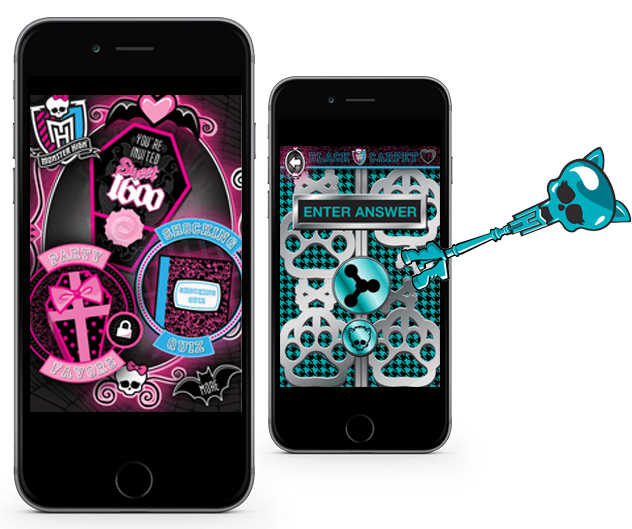Mobile App Testing: How good is your app from a customer’s perspective?
Ensuring the quality of mobile apps has become an essential part of testing for the ones trying to stand out in today’s competitive market which is growing exponentially, and probably will continue growing in the next few years. Almost 30% of all apps that are being developed are mobile apps. Eighty-four per cent of companies which are not currently building mobile apps are planning to do it in the near future. The key to success in the mobile app market is producing quality mobile applications. Around 15,000 new apps get released each week globally, so you can imagine how hard it is for your mobile app to stand out in this enormous market.
There are a lot of companies of different sizes developing apps, from start-up teams of 5-6 people to medium-size companies, and certainly companies with thousands of employees.
So, how can you ensure success of your product?
It has been shown how developers are often sacrificing quality to gain speed in the making of the app, pressured to release new apps and updates as soon as possible. In this process, the things that consumers value the most are generally overlooked.
For both developers and consumers, the things that matter most for an app with high quality are functionality, speed and simplicity. However, the consumer value is focused on speed when developers might focus on simplicity.
Seeing that most of the characteristics for a quality app are oriented in the same direction, you may think that the average user is pleased with the mobile experience. The truth is far from that– only 1.7% of consumers could not recall ever having a bad experience with a mobile app.
So, what are the common causes to have a bad experience, and what we can learn from them?
When the customers were asked about the bugs found in an app, nearly 50% answer that they would delete the app when a bug is found, and more than 35% would report a bug. But that is not always a good thing for the developer, because the report could be sent to the app provider, social media, or to friends and peers.
Each bug then can cost you not only the customer, but also the spread of negative reviews for your brand, company or yourself. This should be the principal motivation to make a quality product from the beginning.
Since the mobile app should be appealing to anyone who uses it, there are a couple of questions, and if answer is “yes” then app is going in right path.
If you use your app when your friends are near:
- Does their attention get drawn to your screen?
- Does it look so good that they ask you what that app is for?
- Then, do they take a moment to go to the app store so they can try it themselves?
Conclusion
Use the only chance you have to make a first impression and make it the best.
According to the survey on how to best keep users engaged, many answers suggest that “the app must simply be easy to use and avoid frustrating customers.” It all comes down to usability.
Take advantage of usability testing and work with the feedback from a group of people who mimic your real user base before your application goes into the hands of actual users. Then continue testing to be sure your application will continue to impress them.
At the end, the app needs to be usable by your target market, and it doesn’t matter if the rest of the world finds it usable. When the people in your target group are not able to use the app, then your application is a failure. A quality approach to every stage of the application life cycle can help you avoid that.
(Shravani Keerthi works as Senior QA Engineer at [x]cubeLABS. She has over 4 years of experience in Mobile and Web Application testing.)
Tags: mobile app testing
![Blog-[x]cube LABS](https://d6fiz9tmzg8gn.cloudfront.net/wp-content/uploads/2016/06/blog_banner.jpg)




